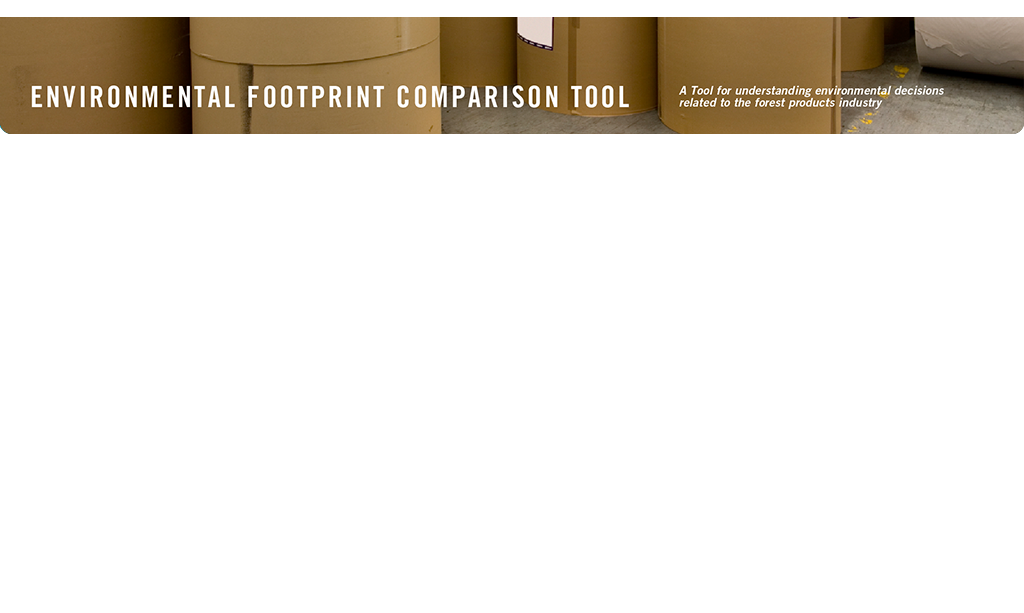
The types of fibers used by a mill are dictated by the product's
performance requirements, cost considerations, the mill's processing equip-
ment, and
the customer's needs. Recovered fiber begins its life as virgin fiber, from harvested
wood. Much of the virgin fiber that enters the paper fiber system
is used repeatedly before it is finally discarded. Sometimes
recovered fiber is used to make the same product and some-
times it
is moved to another point in the system where it is used to make a
different product.
Recovered fiber would not exist if virgin
fiber were not harvested, processed and placed into the wood fiber
system. Likewise, the industry would be hard pressed to meet the
demand for its products without recovered fiber.
For more information, use the grid below. Hover over the bubbles to see possible effects of using recycled fiber (co-benefits and trade-offs). Click on a column header to go to a page dedicated to that subject. How
should I use this information?
If you are unable to view the video here, you can also find all the videos in this site here.

 A report on Fresh & Recycled Fiber Complementarity is available from the World Business Council for Sustainable Development.
A report on Fresh & Recycled Fiber Complementarity is available from the World Business Council for Sustainable Development.
 In 2010, 63.5% of the U.S. paper consumed was recovered. In contrast, 25.5% of glass, 20.3% of aluminum, and 7.1% of plastics consumed were recovered in 2009.
In 2010, 63.5% of the U.S. paper consumed was recovered. In contrast, 25.5% of glass, 20.3% of aluminum, and 7.1% of plastics consumed were recovered in 2009.
 Nearly 80% of U.S. paper mills use recovered fiber to make some or
all of their products.
Nearly 80% of U.S. paper mills use recovered fiber to make some or
all of their products.
 In
2011, the amount of paper recovered averaged 338 lbs. for each person in the U.S.
In
2011, the amount of paper recovered averaged 338 lbs. for each person in the U.S.
Source: http://paperrecycles.org/statistics/
- Lowgrid1
- Lowgrid2
- Lowgrid3
- Lowgrid4
- Lowgrid5
- Lowgrid6
- Lowgrid7
- Lowgrid8
- Lowgrid9
- Lowgrid10
- Lowgrid11
- Lowgrid12
- Lowgrid13
- Lowgrid15
- Lowgrid16
- Lowgrid17
- Lowgrid1
- Lowgrid19
- Lowgrid20
- Lowgrid21
- Lowgrid22
- Lowgrid24
- Lowgrid25
- Lowgrid26
- Lowgrid27
- Lowgrid28
- Lowgrid29
- Lowgrid30
- Lowgrid31
- Lowgrid32
- Lowgrid33
- Lowgrid34
- Lowgrid35
- Lowgrid36
- Lowgrid37


